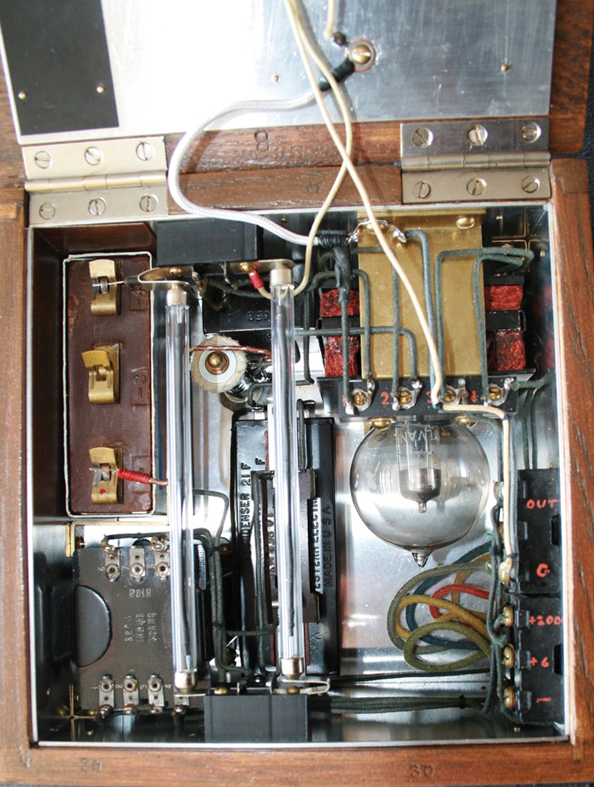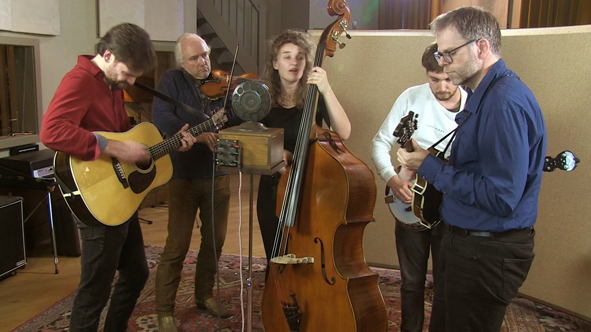|
Almost a hundred years ago, in 1925, the first real good microphone was introduced: the Western Electric 394-W condenser. This was a break-through and enabled quality recording in studio's and on film sets.
The microphone was revolutionary: coal microphones, the standard at the time, all produced a hiss, caused by the current flowing through the carbon particles, the WE 394-W just produced great audio, with a frequency range of 50-6000 Herz.
As part of Western Electric's 'Westrex' electrical recording system the microphone enabled recording of not just music but also ambience and atmosphere, an enormous step forward compared to the acoustic recordings that were unable to register sound in al its aspects.
Where singers needed to shout at the top of their lungs for acoustical recordings, their smallest whisper could now be written into the grooves.
Hung upside down above film sets, the WE394-W was used for the Talkies; the 394 condenser element would register all film sound between 1925 and 1934 and would make or break the career of many film actors and actresses.
The WE 394-W is the microphone on which all other condenser microphones are based; the studio microphones of today are direct descendants, as are the electret microphones in our smartphones and other appliances.
In the US these mics were later replaced by ribbon microphones. In Europe more modern condensers were produced, Georg Neumann studied the WE 394-W and later designed his own versions. It made him a legend and his products standard equipment in studio's around the world.
About three years ago I was able to source all parts of this unique microphone, Dutch master microphone maker Bert Drost, of Gonzo Audio, took up the challenge to restore it in all its former glory. Today it is ready once more to record great audio, like it did in the Twenties and Thirties.
Some people may have seen this mic in the wonderful series 'American Epic', others may not even recognize it as a microphone.
The dial shaped housing holds the 394 condenser element, inside the wooden box is the pre-amplifier, necessary to bring the tiny electrical signal up to a usable level.
Very few of these microphones have survived through time, there weren't very many in the first place; Western Electric leased most of them, together with the electrical recording system, to record- and film companies.
As far as I know there are just three of these in working condition today: two in the US and mine. I plan on using it for special projects, it will be presented later this month on Youtube. A real audio gem and a piece of 'living' history.
Many more types feature in my book Witnesses of Words. More information about that can be found at www.witnessesofwords.com
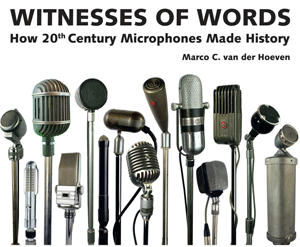
|
|
|
|
|
Top: the iconic Western Electric 394-W
Middle: the D 80513 pre ampliefier opened
Below: the sound and the WE 394-W in a German studio
|
|
|
|
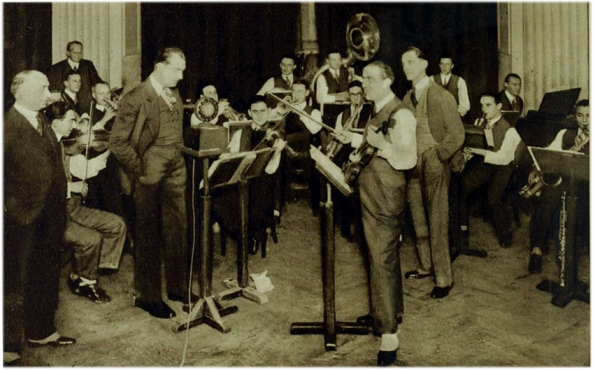 |
|

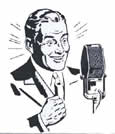
 Video's
Video's Contact
Contact



